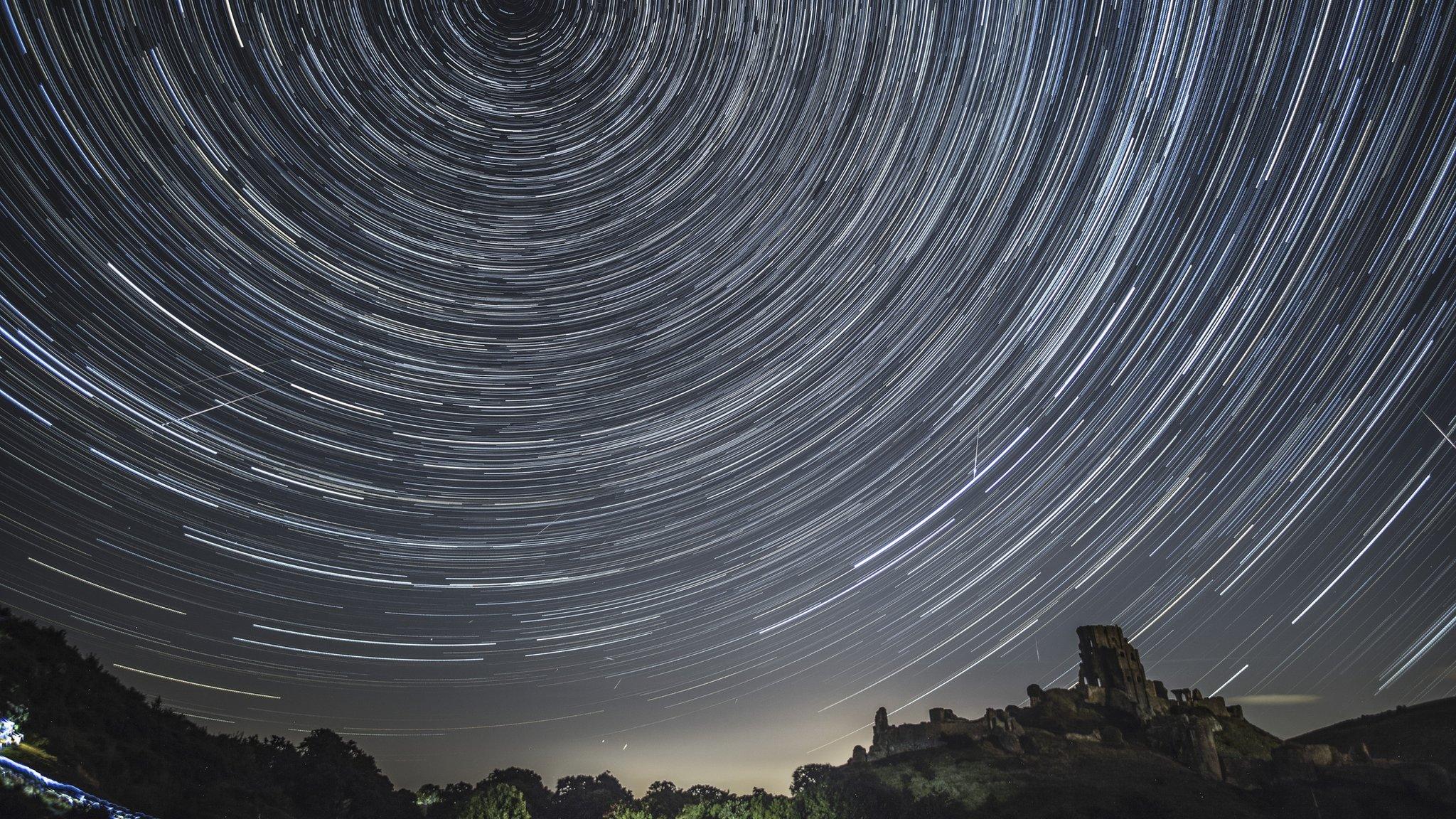North Yorkshire village to become first in England to use stargazing-friendly lighting
- Published
- comments
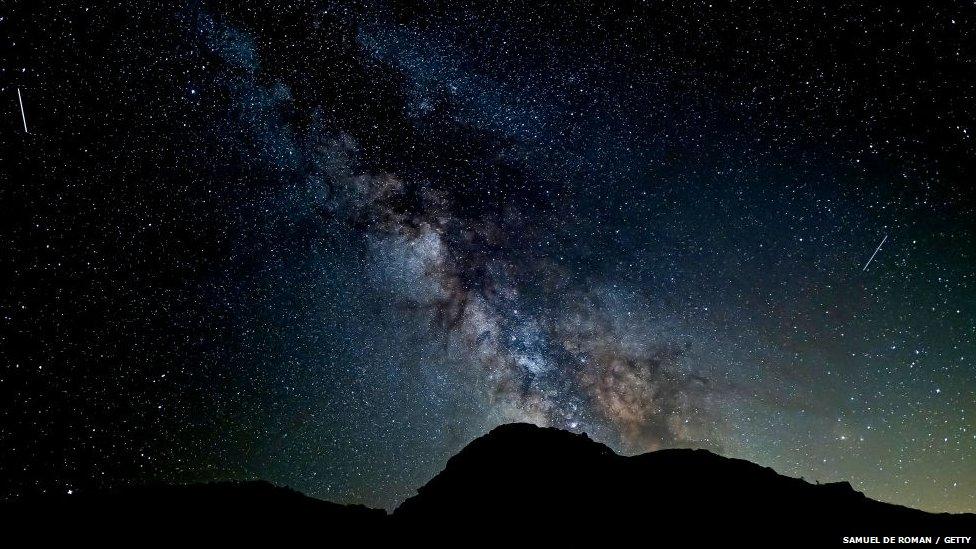
It's tricky to see a night sky like this from big cities and towns, so there are areas around the world that do all they can to reduce light pollution
Have you ever seen the huge collection of stars, gas and dust that makes up our galaxy the Milky Way?
If not, it could be due to light pollution, and one village in North Yorkshire is hoping to combat it.
Hawnby is swapping out their regular streetlamps, and more than 100 other different outdoor lights, for ones that are more stargazing-friendly, and they'll be the first village in England to do it.
The hope is that the new lights will let local residents see the stars in the night sky a little better.
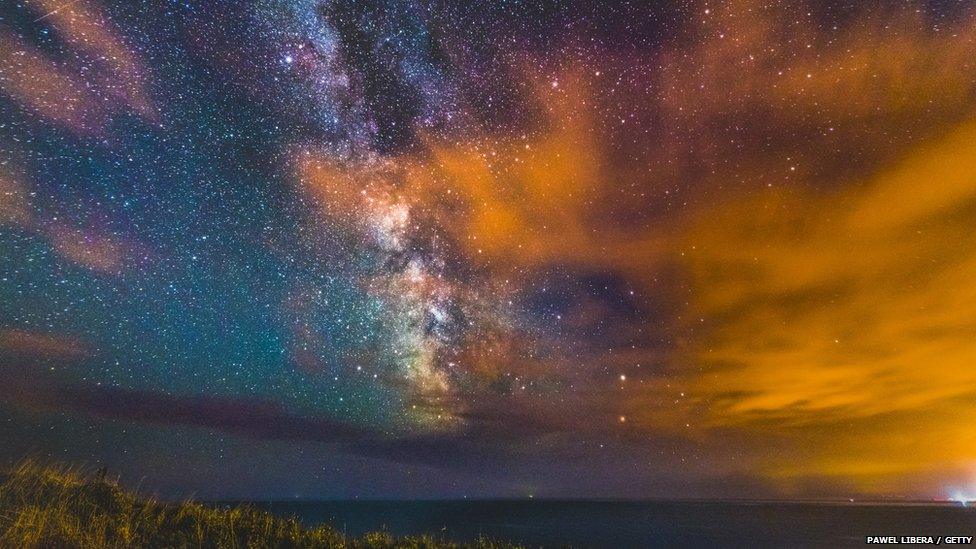
The Milky Way is the galaxy that our Solar System is a part of
Light pollution, or sky glow, happens when lots of artificial light is used in a particular area.
While useful for getting around in the dark, light from houses, streetlamps and cars competes with the bright lights of the stars, and makes them more difficult to see.
In areas where there's little to no artificial light, the night sky is very dark, and so the stars can stand out.
The village is in the North York Moors National Park, which is an international dark sky reserve.
This is a place deemed by the Internatioal Dark-Sky Association as having really good quality starry nights, and so are protected.
There are only 21 of these sites, and the UK has the most in the world.
Others include the Brecon Beacons national park in Wales, Wairarapa in New Zealand and the NamibRand nature reserve in Nambia.

This is part of the North York Moors national park - in order to become a dark sky reserve, places have to have low light meter readings, support from more than 80% of the local population and dark sky-friendly lighting
Putting these new streetlamps in will mean people can come to Hawnby and other areas in the national park to see the Milky Way, planets and meteors at any time of year.
Money has also been given to local businesses in another nearby national park, the Yorkshire Dales, to help reduce light pollution there, too.
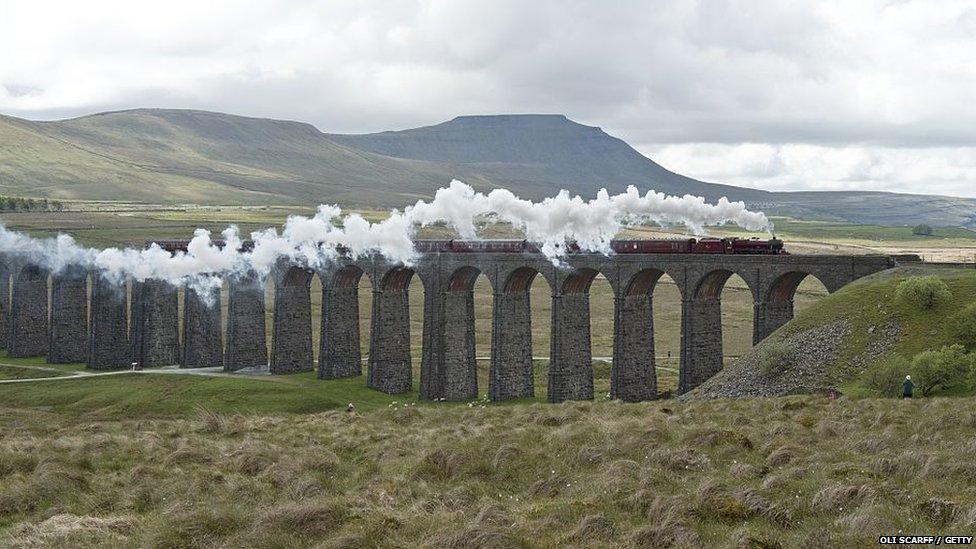
The famous Ribblehead Viaduct can be found in the Yorkshire Dales national park - the process for both here and North York Moors to become dark sky reserves took five years and was approved in 2020
Mike Hawtin, the dark skies officer for the North York Moors national park, said: "We're aiming to show how relatively easy it can be for communities to take a similar approach to the one at Hawnby and help us protect the pristine qualities of our dark skies.
"There are a few other places in Wales and Scotland which have converted streetlights to become dark sky-friendly towns or villages, but we think Hawnby will be the first village to go even further by converting both street and external building lighting when the project completes later this year."
- Published4 April 2022
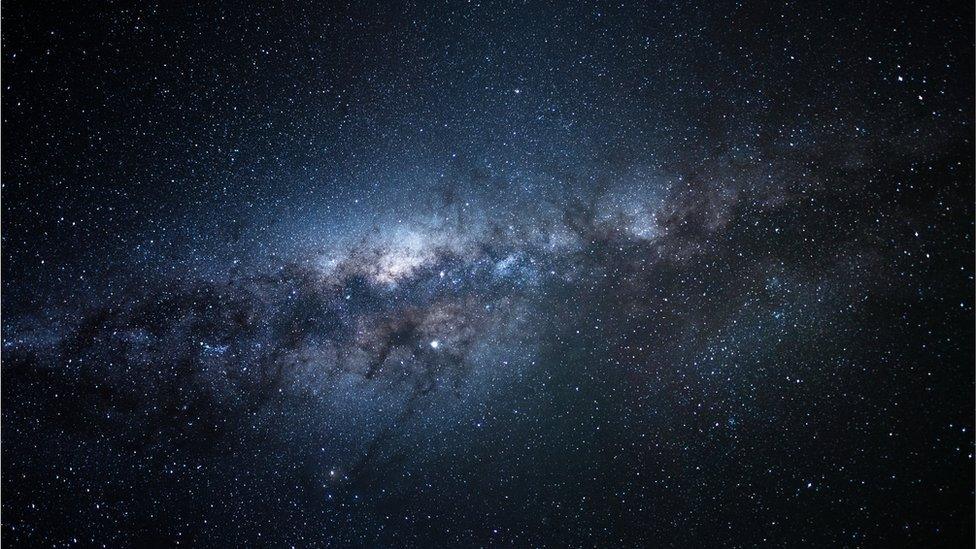
- Published15 January 2022

- Published13 February 2023
